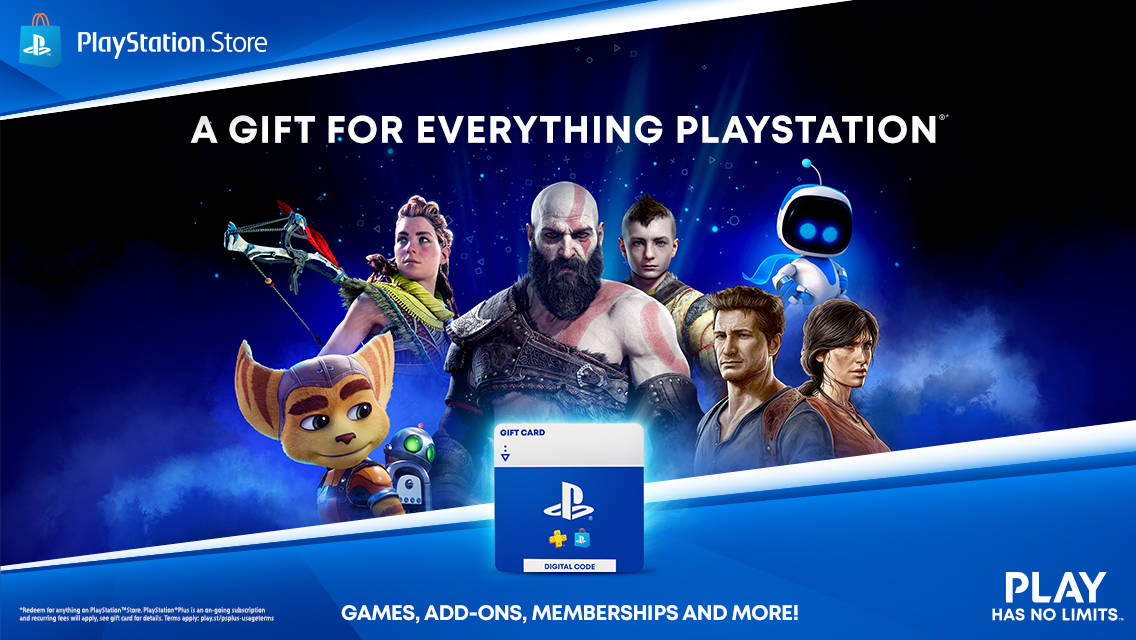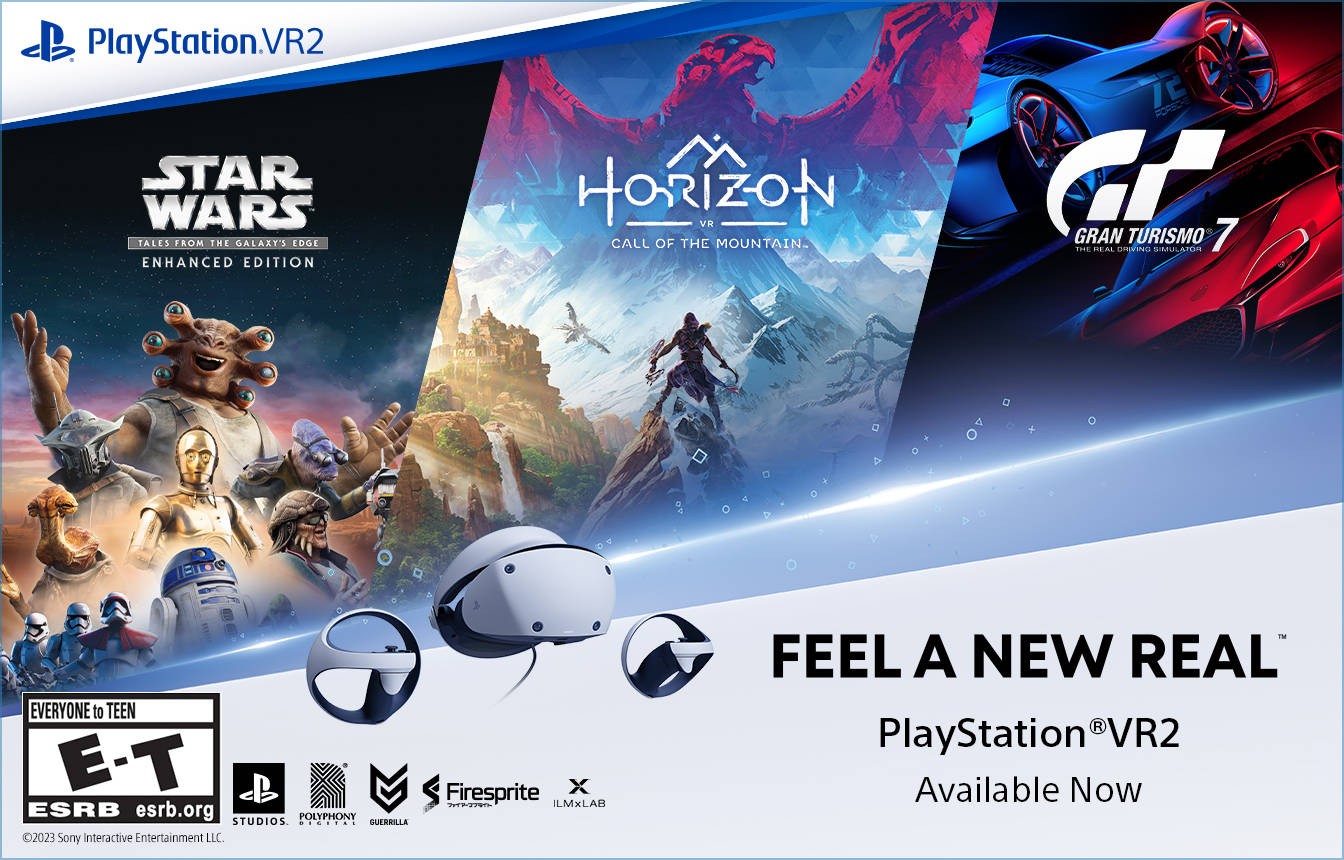“It’s kind of a passive attitude they’re taking, and to me, it’s kind of a pathetic thing. They do not know how interesting it is if you move one step further and try to challenge yourself.”
That’s Shigeru Miyamoto, game design legend and human Nintendo mascot, speaking about the casual gaming market with Edge magazine last month.
It’s a quote that kept popping into my head as I played through Super Smash Bros. for Nintendo 3DS. I’m well aware that the game is not Miyamoto’s brainchild, and I know it’s been in development for so long that any recent soul-searching in the corporate culture at Nintendo was unlikely to have a meaningful impact on its design. Still, Masahiro Sakurai’s newest crossover brawler—the fourth in 15 years and the first ever to grace a handheld—really does feel like the byproduct of a similar revelation. Namely: Don’t design a game to make players care; design it for the ones that already do.
That’s not to say that this latest Smash Bros. is some inaccessible, byzantine puzzle or that it panders to the most hardcore fringe of its fanbase. At its core, it’s built on the same relatively straightforward principles—simplified button inputs, generally analogous move sets, and broad, readable action—that have always made the series approachable, even for those like myself who shy away from more traditional fighting games. But it’s also a game that never talks down to its audience and isn’t afraid to make them put in real effort to get the most out of what it has to offer. Regardless of whether top-tier competitive players will eventually discover the same technical nuance that made them fall in love with Melee and (mostly) reject Brawl, it’s already obvious to me that this a game for people who care about games.
As is common for the genre, most of the truly difficult work lies in building the roster of characters, and the new Super Smash Bros. doesn’t disappoint. Not only is there a wider selection of Nintendo characters (and some third-party friends like Sonic, Mega Man, and Pac-Man) to choose from, but there’s also far more variety to be found in how the competitors control. Sakurai has always excelled at distilling characters down to movesets that perfectly encapsulate them, but here he’s more playful and confident than ever before. Newcomers like Punch Out!!’s Little Mac, Animal Crossing’s Villager, and Super Mario Galaxy’s Rosalina and Luma toy with ideas of space and vulnerability, as well as introduce new mechanics that change the game. Like prior standouts Olimar and Ice Climbers (R.I.P., Nana and Popo), they break the mold in refreshing ways. Sure, you could just sink comfortably back into Captain Falcon’s big yellow boots and knee people off the edge of Final Destination all day long, but if you look for it, there’s a hugely exciting ecosystem of drastically different playstyles and character matchups that make it rewarding to explore the entire 51-character roster and find the fighters that best suit you.
There’s a similar breadth to the various game modes and diversions. Super Smash Bros. has so much to do, some of it nestled away in menus within menus, that’s it’s entirely possible to play for hours at a time and never repeat the same activity twice. You can, of course, head into a standard Smash against computer-controlled fighters, local opponents, or online players from around the world. Predictably, it’s a blast, thanks to an entertaining lineup of levels and items, and the huge amount of options and ruleset choices for which the franchise has always been known. (The online play, it’s worth noting, occasionally suffered a few lag-related hiccups, but considering I was almost always competing against players in Japan, I’m mostly impressed it didn’t happen more often.) But there’s also more to do outside of that core experience than in any prior incarnation.
The flashiest addition is Smash Run, which aims to serve as a replacement of sorts for the side-scrolling action of Brawl’s Subspace Emissary. Essentially, you get dropped into a large 2D environment with three other players, whale on enemies for five minutes to collect power-ups, then go into one of a few different final showdowns—like racing past obstacles, seeing who can defeat the most enemies, or having a straight-up free-for-all—against your opponents.
Honestly, it’d be a bit of a disappointment if it weren’t for the fact that it ties in so nicely with the game’s new character customization options. Now, in addition to earning coins and trophy unlocks, you can now also find equipment, custom moves, and special abilities that you can equip to fighters to change how they play. These various tweaks really do a lot to take the repetition out of Smash Run, especially because it’s really the only place you can put your loadout to good use, outside of Smash battles with your friends.
If, like me, you also enjoy playing Smash Bros. as a solo affair, that side of the game now has exponentially more to sink your teeth into. The revamped Classic Mode, which puts you through a series of battles on the way to your final showdown with Master Hand and his variations, features branching paths and a difficulty scale akin to that in Sakurai’s other 3DS title, Kid Icarus: Uprising. The higher you raise the slider, the greater your potential rewards, but the more brutal your experience will be on the way there. Once you get up above 6.5 or so, it’s a truly demanding experience that requires you to master high-level skills if you’re going to survive thanks to some smart, blisteringly fast enemy AI.
Equally punishing is All-Star Mode, which pits you against all the characters in the game in chronological order based on the year of their introduction, with only a single life and a handful of healing items to lower your damage percentage between rounds. It’s quite a different experience to know that an early mistake can come back to haunt you several fights later, one that changes things up by placing a lot of the challenge and emphasis on defense rather than aggression.
Really, even now, I’ve still only just scratched the surface of all the things you can do. There are shorter diversions, like the classic Home-Run Contest, the new, Angry Birds-esque Target Blast, and various challenges against the Fighting Mii Team, successor to the Fighting Polygon Team legacy. There’s a falling-block minigame that helps you exchange the coins you earn for a chance to win new trophies for your collection. There’s even an entire mode dedicated to watching and betting on random online matches in real time, like some kind of Smash-ified Salty Bet. Not all of them are likely to keep your attention in the long run, but there are so many different choices of how you spend your time with the game that not all of them have to. Statistically speaking, with this many options, something is bound to click with you.
If there’s one area where this Smash Bros. does come up short, however, it’s the platform it’s running on. It’s admirable that Sakurai refused to tone down the scope of the experience just because it was running on a handheld—the smooth, consistent 60-frames-per-second gameplay is ample evidence of that—but some things just don’t make the transition as perfectly as you might have hoped. Despite the fact that the game disables some of the 3DS’ multitasking features so it can use up every last bit of power, there are still occasions where it feels like the portable is a little overwhelmed. Finishing a battle can sometimes lead to a lengthy black screen before the results pop up—not intolerably long, but slow enough that I wondered at least twice whether the system had locked up before the game finally chugged forward.
It’s also a bit of a shame that some of the game modes were designed exclusively for local play rather than online functionality. On a home console, I wouldn’t be too peeved by the fact that Smash Run and co-op All-Star are locked to local players, since it’s easy enough to grab a friend and an extra controller when they’re already over hanging out. Finding other people with their own 3DS systems and copies of the game and getting into the same room is a considerably bigger hassle, and I can’t help but feel that I’m not getting the most out Smash Run if I’m usually stuck playing against CPU opponents.
But the biggest sacrifice, by far, is how the game controls. There are times when Super Smash Bros. feels like it’s in desperate need of the precision only a true analog stick can provide, and the 3DS’ Circle Pad just doesn’t come close as a substitute. Yes, you can and will get used to it. Yes, you can probably even get good with it, judging by some of the impressive displays I’ve seen online. In my experience, though, I never stopped running into the occasional hiccup—a missed grab, a failed Smash Attack—that seemed just as much the Circle Pad’s fault as my own.
Still, those are relatively minor compromises compared to the much more impressive bigger picture. This isn’t a stripped-down, bare-bones shell of a Smash Bros. game. This is the real deal, an ambitious and robust fighter that takes the franchise in a new direction without losing sight of what made it great in the first place. In the best moments, you start to forget that you’re playing on a handheld at all. If anything, my biggest worry at this stage is that Nintendo went too big with the 3DS version; unless the Wii U release still has a few surprises in store, it might turn out to be a hard sell for anyone who’s already getting their Smash fix on the go.
|
★★★★☆
Super Smash Bros. for Nintendo 3DS manages to feel like a complete and worthwhile step forward for the franchise, even though you might occasionally wish for the precision of a real controller. |
Developer Sora Ltd., Bandai Namco Games Publisher Nintendo ESRB E10+ – Everyone 10+ Release Date 10.03.2014 |
| Super Smash Bros. for Nintendo 3DS is available on Nintendo 3DS. Primary version played was for Nintendo 3DS. Product was provided by Nintendo for the benefit of this coverage. EGM reviews on a scale of one to five stars. | |






